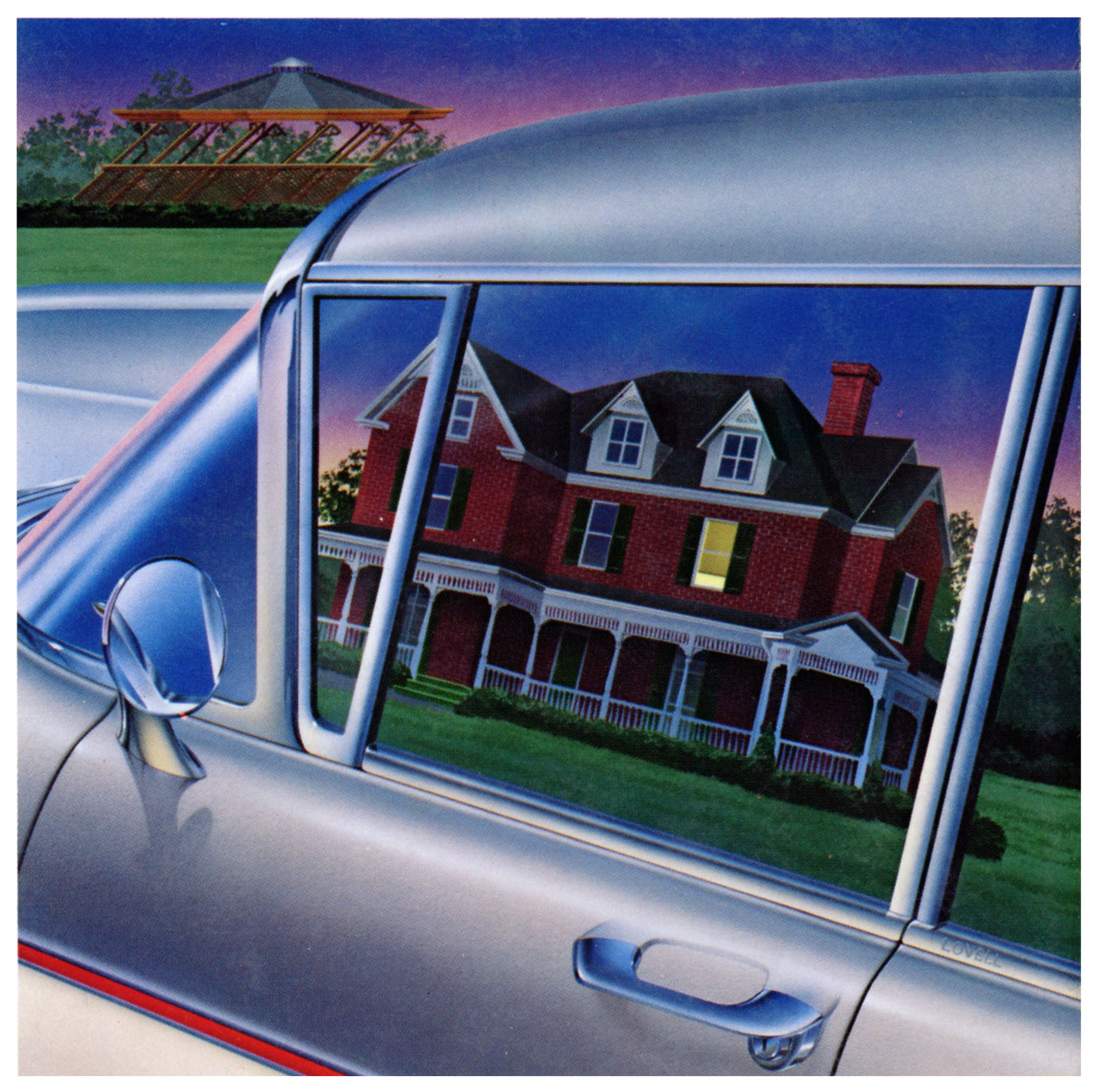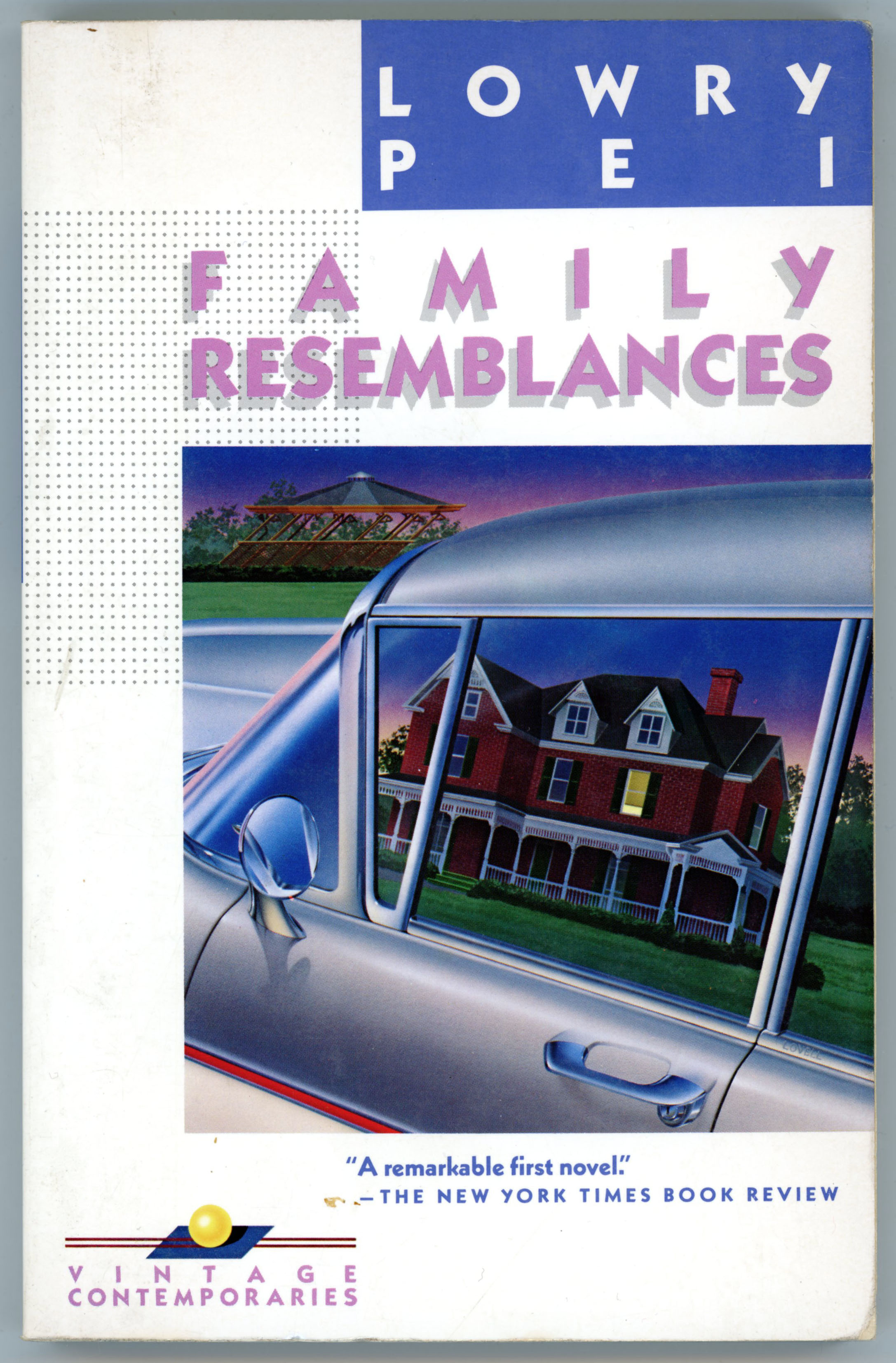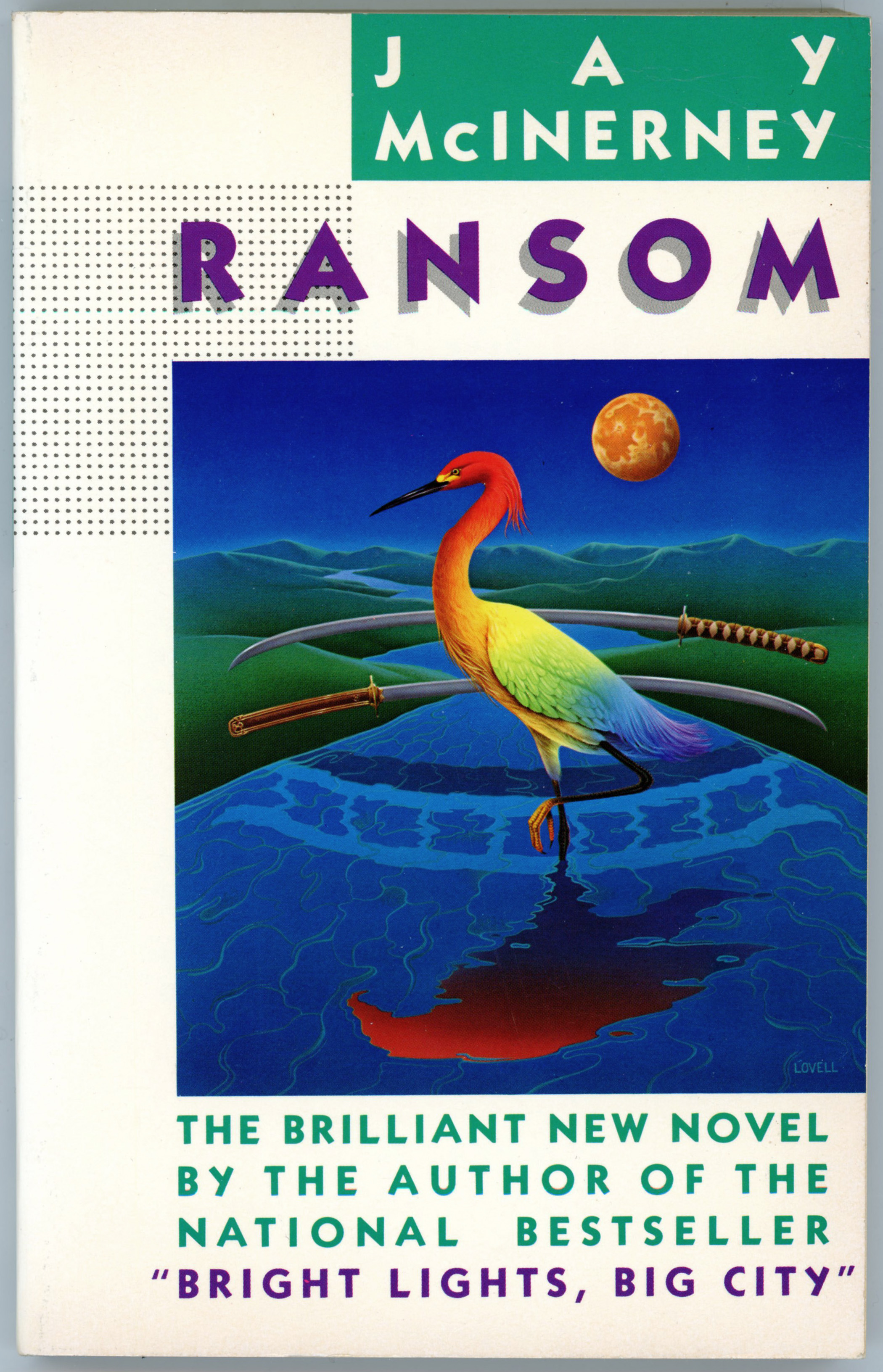“How long do you think this’ll take?”
“Oh, I don’t know – I’ll just work on it till I get it right, I guess.”
As cool water poured over me,
he empty, uncertain feeling in the center of me gradually became bearable.
George was somewhere in the vicinity,
doing whatever he was doing, and when I saw him next I would be clean, calm, self-possessed;
I would stop acting like an eighth-grader.
I thought for a while about what to wear
and decided that there was no point in pretending I went around dressed for a party
whenever we weren’t working;
I pulled on a clean pair of cutoffs and looked through my shirts.
But the only ones that were clean were so totally functional I couldn’t stand them.
A bold thought entered my mind:
Wear one of Augusta’s.
She might give me a hard time later on, but …
I opened the door of my room and peered out,
making sure that George wouldn’t catch me in my bra, and hurried into her room.
The thought of wearing one of Augusta’s mannish cowboy shirts
with the mother-of-pearl snaps filled me with a dizzy sense of power;
I didn’t take her favorite,
but they were all fascinating,
all too big for me in a way I found irresistibly casual.
I put one on, knotted it around my waist,
looked myself over in the mirror above her dresser.
Almost, for once, satisfactory.
Back in my room I laced up my sneakers,
did the best I could with my impossible hair,
and sneaked out into the living room and listened.
Where was he?
There were no sounds from downstairs,
no voices drifting in the windows;
I could hear the quiet scrape of sandpaper that had been going on all day.
With the thought that I might as well go all the way if I was going to get in trouble,
I went back into the bathroom
and found in a corner of the medicine cabinet Augusta’s tiny bottle of Interdit.
Then I felt silly.
She would smell it and give me an unbearable look
– and did I want George to, after all?
Here it was four o’clock on a hot day and he had come over to do a job.
I put it back.
That left nothing to do but go downstairs and look for him.
I found him in the dining room,
supplied with a stack of blank paper, a handful of pencils, and a ruler;
Augusta’s sketch was in front of him, and he was reworking it.
He looked as if he had already found his place in the house and settled in.
“Hi,” I said.
“Hi.” He smiled, preoccupied, and kept drawing.
“What are you doing?”
I looked over his shoulder, one hand on the table, one on the back of his chair.
“Trying to make some sense out of this.
I’ve got a feeling she doesn’t really want it to look like that, anyway.”
As he talked, his hand continued to draw with a control that impressed me;
he put in a vertical line with the ruler,
using just enough pressure on the pencil so that its point gently stroked the surface of the paper.
Then he began to draw some gingerbread decorations freehand.
As I watched, a piece of wooden scrollwork took recognizable shape before me;
I had seen its like repeated a dozen times around Augusta’s house but had never actually examined it. When had he had time to commit its form perfectly to memory?
“Mind if I watch?”
“No.”
I sat on the table, my knee almost at his elbow,
and wondered how long it would take him to look up for more than a glance.
That’s really good,” I said.
“Thanks.”
He continued to draw methodically without the slightest hurry or impatience.
I was beginning to consider how long this part might take,
when he put down his pencil and ruler picked up a ball-point pen,
and without a pause put his left hand around my kneecap to steady it and wrote on it in tiny capitals,
HI KAREN HOW ARE YOU?
The hand made me self-conscious, but the writing tickled.
I took the pen and his left arm and wrote FINE,
becoming tensely aware that because of the way I was holding his arm,
his left hand was against my thigh.
I had meant to write more than FINE,
but I stopped there and let go of his arm so he wouldn’t get the wrong idea.
“How long do you think this’ll take?”
“Oh, I don’t know – I’ll just work on it till I get it right, I guess.”
“Did you get her to agree with you about the roof?”
“Well …
I don’t know if ‘agree’ would be the right word,” he said,
giving me a mischievous smile.
“But I’m building it, right?”
“You’ve got the idea, George.”
They were made for each other, I thought, but not as jealously this time.
I got up and searched through the house for my Lord Peter book,
finally finding it sitting with a wrinkled cover on top of my damp bathing suit from the day before;
I tucked it under my arm,
wandered into the kitchen and got two glasses of iced tea and a bag of potato chips,
put everything on the dining-room table, and sat down across from George to read.
“Thanks,” he said.
“Does this come out of my paycheck?”
“Not if you’re nice.”
He tickled my ankle with his foot.
“I’m very nice,” he said.
______________________________
It’s an appealing image – especially with the various shades of blue, particularly the sky edge with a pink horizon – but on second glance, Rick Lovell’s cover painting for Family Resemblances is also a bit of a visual pun, reminiscent of the work of Guy Billout. Look, and look again: A house is reflected mirror-like from the driver’s window, but in the distance, in the upper left corner, stands a gazebo, distorted, as if rushing by.
What is stationary, the car?
What is in motion, the landscape?
 ______________________________
______________________________
References and Such
Lowry Pei, at…
Rick Lovell, at…





